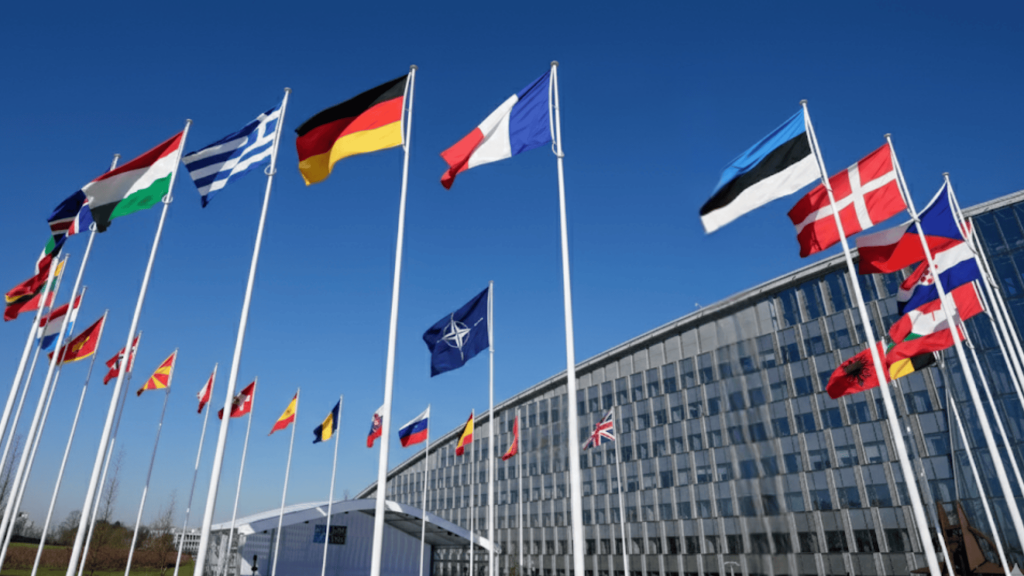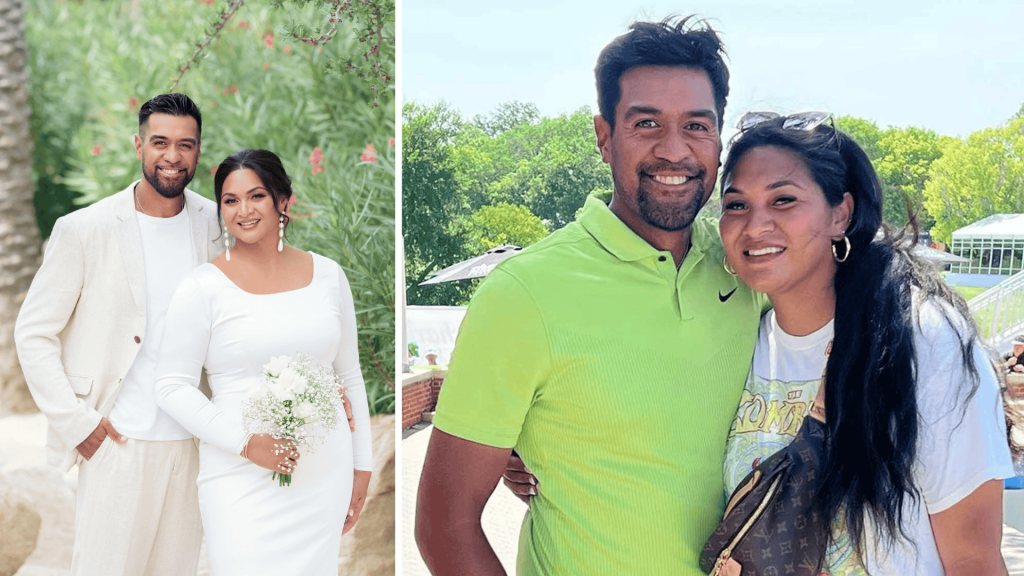How do we stop wars before they even begin? This question drives the work of international organizations around the world.
Every day, these groups work behind the scenes to prevent violence, mediate disputes, and keep peace between nations.
From the United Nations to regional bodies, these organizations serve as the world’s first line of defense against conflict. Their methods range from diplomacy and peacekeeping to economic sanctions and humanitarian aid.
In this blog, I’ll show you exactly how international organizations prevent conflicts and why their work matters more than ever in today’s connected world.
Why International Organizations Matter in Conflict Prevention?
Conflict prevention means stopping disputes before they turn into wars or violence. This approach saves countless lives and billions of dollars compared to responding after conflicts begin.
International organizations play a vital role because conflicts rarely stay within borders. Wars create refugees, disrupt trade, and spread violence to neighboring countries.
When organizations collaborate, they can address problems before they escalate into major crises.
These groups bring together multiple countries to share resources, knowledge, and diplomatic pressure. No single nation can solve global problems on its own.
Working together makes prevention efforts stronger and more effective.
Key benefits of international cooperation include:
- Shared intelligence about potential threats
- Combined economic and diplomatic resources
- Neutral mediators that warring parties trust
- Long-term commitment to peace-building
Role of the United Nations (UN) in Conflict Prevention
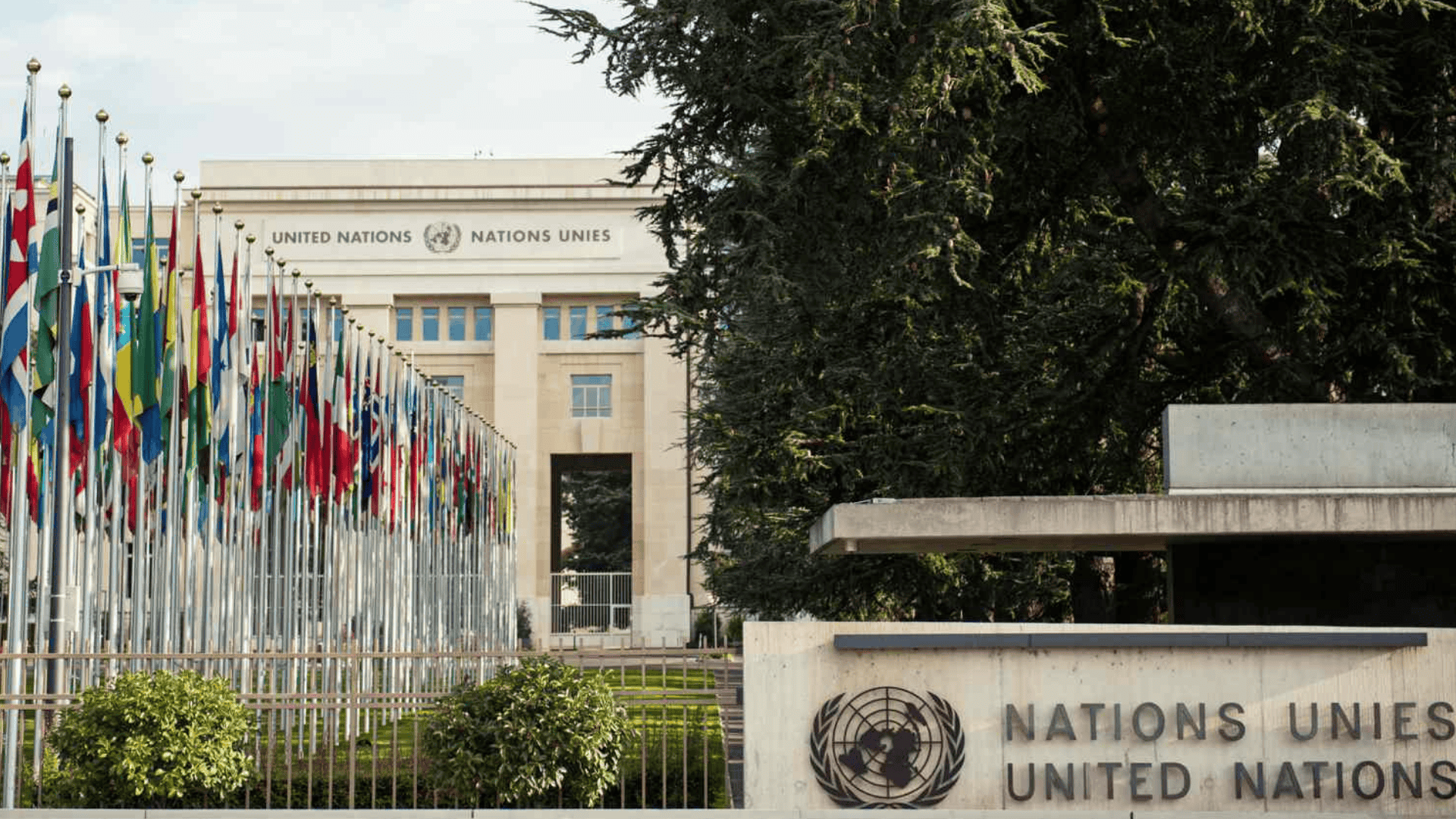
The UN serves as the world’s primary peacekeeping organization. Its work covers three main areas that help prevent conflicts from starting or spreading.
- Peacekeeping operations place neutral blue-helmeted soldiers between hostile groups to maintain peace. The UN currently runs 12 missions across four continents, including Cyprus, Lebanon, and the Democratic Republic of Congo.
- Mediation and diplomacy help countries solve disputes through negotiation instead of fighting. UN mediators provide neutral ground for talks and help find solutions both sides can accept.
- Economic sanctions pressure threatening countries by limiting trade, freezing assets, or restricting travel. These measures often convince bad actors to change behavior without military action.
The UN also provides humanitarian aid that addresses the root causes of conflict. When people have access to food, water, and medical care, they’re less likely to fight over these basic necessities.
Role of NATO and Regional Alliances in Conflict Prevention
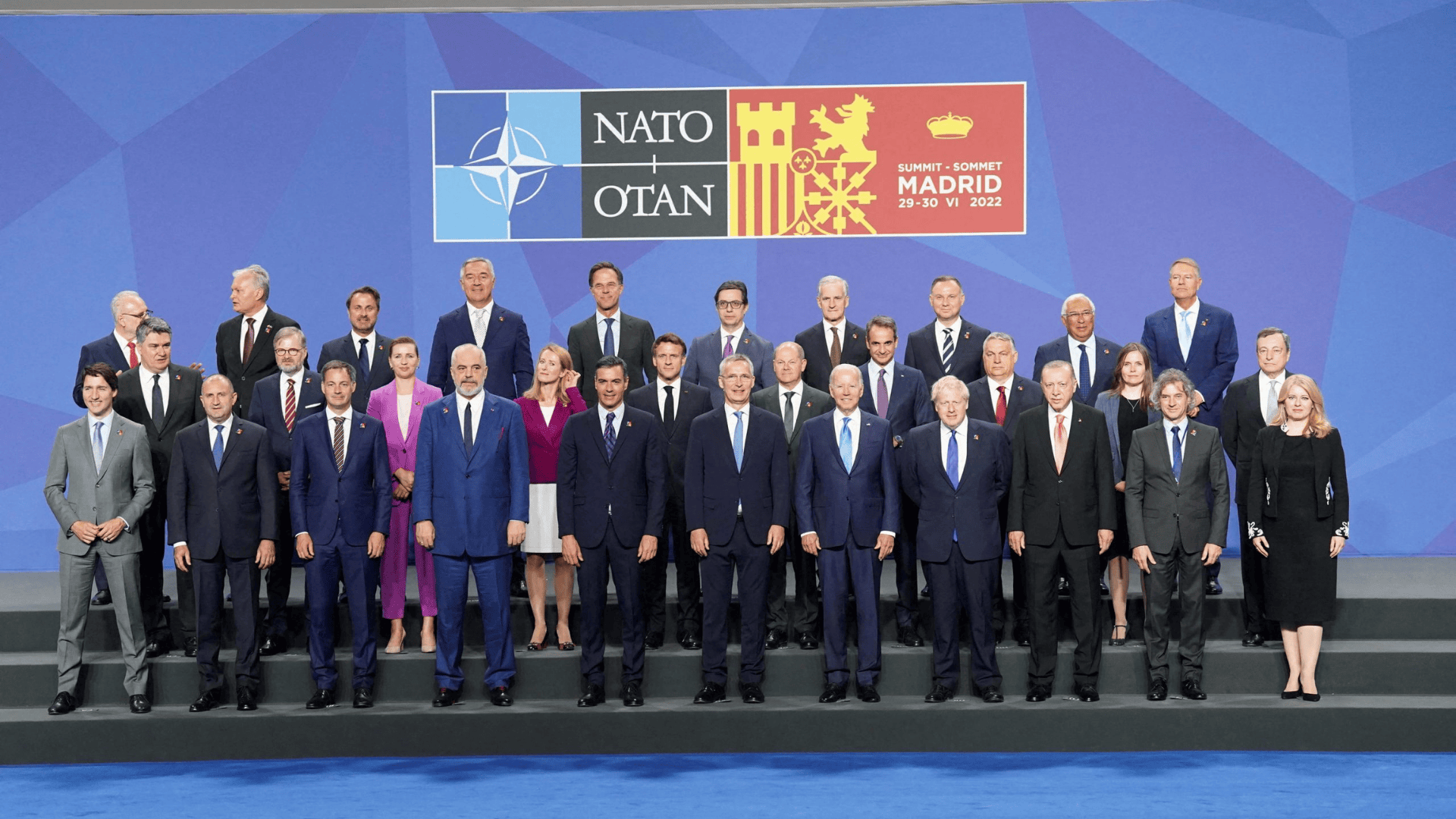
NATO works differently from the UN by focusing on collective defense. This means an attack on one member counts as an attack on all members.
This system discourages countries from starting wars because they would face multiple opponents.
How NATO prevents conflicts:
- Deterrence: Military strength makes aggression too costly for potential attackers
- Crisis management missions: Training local forces, monitoring ceasefires, supporting peace agreements
- Regional stability: NATO’s Balkans work in the 1990s ended ethnic conflicts and built lasting peace
Regional alliances like the Organization for Security and Co-operation in Europe (OSCE) also play important roles:
- Monitor elections and protect human rights
- Mediate disputes using local knowledge
- Spot problems early and respond quickly early and respond quickly.
Judicial and Legal Mechanisms to Prevent Wars
Legal institutions prevent conflicts by holding people accountable for crimes and providing peaceful ways to settle disputes.
|
International Court of Justice (ICJ) |
International Criminal Court (ICC): |
|
|
These courts create a culture of accountability that makes violence less attractive. Countries prefer legal solutions when they know the law will be fairly applied.
Other Key Players in Conflict Prevention
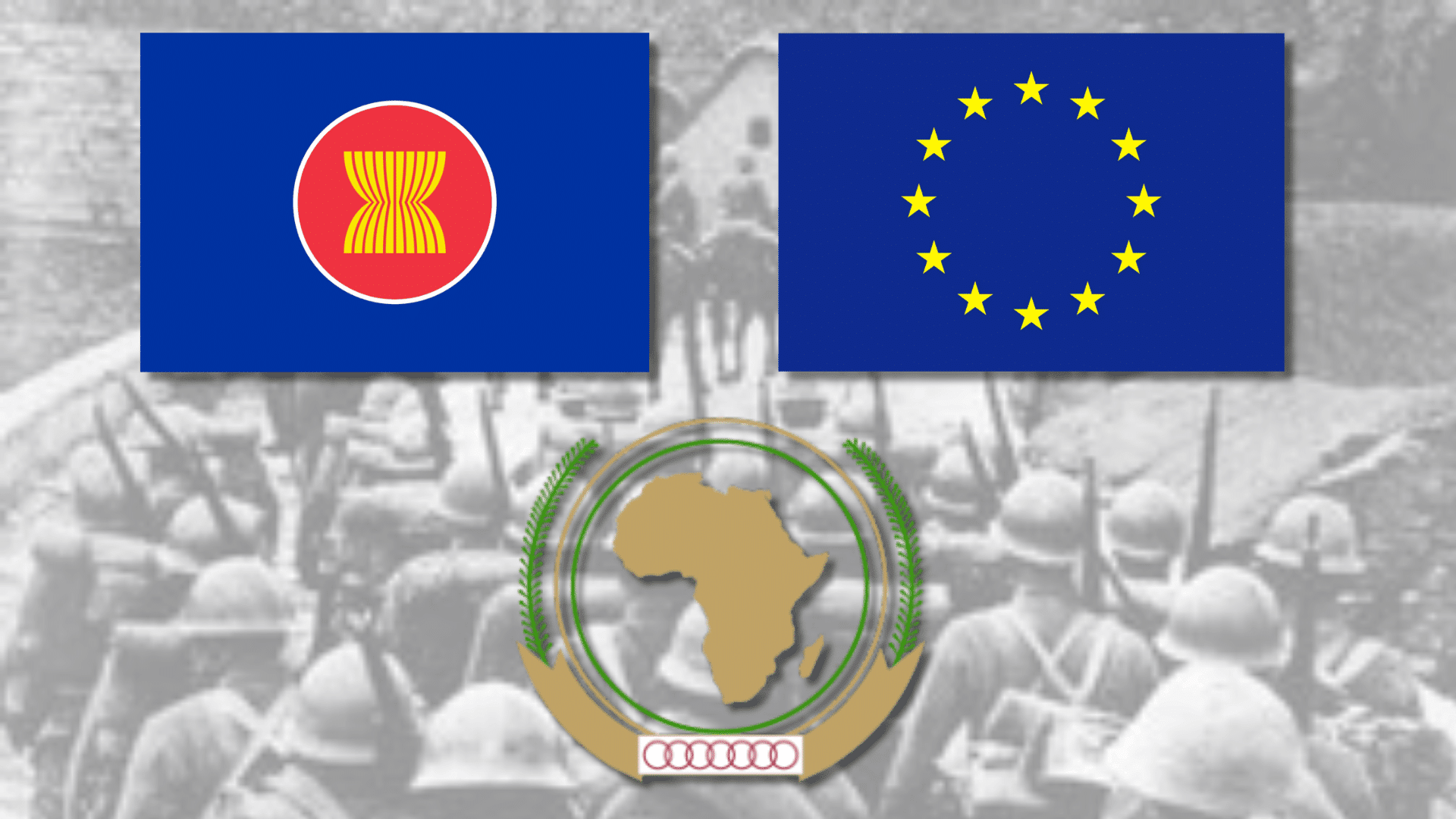
Regional organizations often prevent conflicts more effectively than global ones because they have a deeper understanding of local cultures and politics.
| Regional Organization | Primary Approach | Key Methods | Success Examples |
|---|---|---|---|
| African Union (AU) | Military intervention & mediation | Peace and Security Council authorizations, peacekeeping forces, and diplomatic mediation | Peace agreements in Sudan and Somalia |
| European Union (EU) | Economic incentives | Membership requirements, democracy standards, and human rights criteria | Former enemies becoming EU partners |
| ASEAN | Dialogue & consensus | Non-interference policy, peaceful dispute resolution, consensus-building | Maintaining regional stability in Southeast Asia |
Each regional organization brings unique strengths to conflict prevention based on their member countries’ shared values and experiences.
These regional bodies succeed because they share languages, histories, and interests with the countries they help.
International Conflict Prevention Strategies in Action
Real-world examples show how international organizations successfully prevent and end conflicts.
- In the Balkans, NATO air strikes and UN peacekeepers helped end ethnic violence in Bosnia and Kosovo during the 1990s. International courts later prosecuted war criminals, while the EU offered membership incentives for peace.
- In Liberia, UN peacekeepers protected civilians during a brutal civil war. International pressure convinced warring factions to sign a peace agreement. Today, Liberia remains stable with help from UN development programs.
- In East Timor, the UN supervised the transition from Indonesian occupation to independence. Peacekeepers protected voters during a referendum, while international aid helped build new government institutions.
These cases share common elements: early intervention, combined military and diplomatic pressure, a long-term commitment to peacebuilding, and local ownership of peace processes.
Not every intervention succeeds, but lessons from failures help improve future efforts. The key is acting early, staying committed, and working with local partners.
Conclusion
International organizations serve as the world’s peace guardians through diplomacy, peacekeeping, legal accountability, and long-term development.
The UN, NATO, and regional bodies, such as the African Union, each bring different strengths to conflict prevention. Their work saves millions of lives and prevents the massive costs of war.
Success requires early action, sustained commitment, and cooperation between global and regional organizations.
While challenges persist, these institutions continue to adapt their methods and improve their effectiveness.
Which international organization do you think plays the most crucial role in preventing conflicts today?

